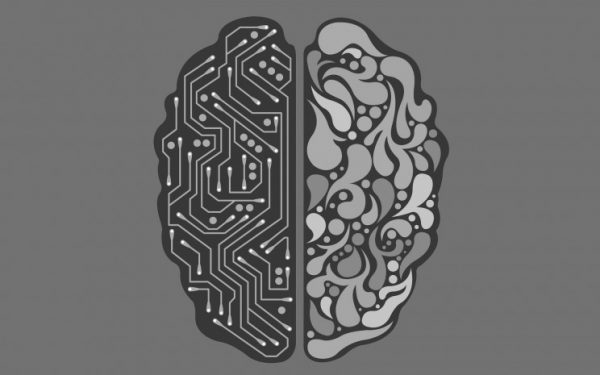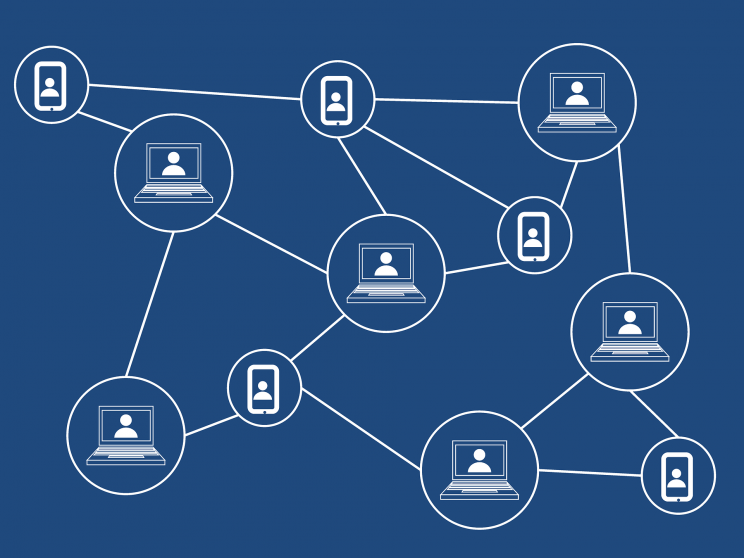6 Technology Trends That You Should Keep an Eye On in 2020 – Interesting Engineering
As we enter into a new decade, technology will continue to accelerate. We’ll likely see massive developments in space travel, quantum computing, and a significant increase in the proliferation of software into our daily lives.
In the modern era though, it seems like everything around us is constantly changing and getting better; so it can be hard to know which trends to watch. Take a closer look at the technology trends that are likely to bring significant innovation growth next year and in the upcoming decade.
RELATED: THE LIFESTYLE AND DIGITAL HEALTH TRENDS FOR 2019
Automation
Automation is a big tech term that can often be unclear as to what exactly it means. It ultimately means technologies like cloud computing, updated robotics, big data. For most software companies out there right now, automation is the key technological driver of their business.
, automated manufacturing, and automation ultimately decreases human effort while maximizing profit potential.
When we look towards the future of automation, we’re met with endless possibilities. Experts believe that leveraging all of the highly advanced technologies that come along with automation will make our lives better, easier, and will continue to be implemented at a greater pace than they currently are.
5G
was the talk of CES this year, and it will become a driving factor in wireless technology growth. 5G will see its greatest amount of implementation in 2020 as manufacturers come out with more 5G phones and the world’s largest telecommunications companies keep their deployment of 5G technology on pace to meet goals.
Implementing 5G across the world will bring higher broadband speeds along with more reliable wireless and mobile networks. This will ultimately allow a greater level of automation and technological proliferation into cities and remote areas. The high data transfer speeds of 5G would allow easy implementation of driverless cars as they would be able to get real-time data about the entire city.
5G networks don’t just mean your phone will get faster, and it means everything will get faster.
Along with 5G, there is the development and implementation of WiFi 6. While different technologies, they are both drastically improved wireless communication protocols. WiFi 6 will be capable of increasing download speeds of data by 3X over the current WiFi 5. The new network protocol will also allow more connected devices to a given network and provide an increased data range.
As the volume of data being consumed through WiFi increases, this more efficient network protocol will better support the loads.
As we look forward to 2020 and the coming decade, expect wireless technology to accelerate it’s potential. Will there even be a need for wires anymore?
AI
AI plays into the greater automation trend, but it’s advancements are enough to warrant its own discussion. has made it to the top of technology trends lists for many years now and likely will continue to take one of the top spots in the coming decade.

Computers are able to learn about the world in the exact same way that humans can, which means that through AI, along with an increase in computing power, computers will be able to start doing more complex human tasks at lightning speeds.
Modern-day research projects in the field of AI are allowing this tech to also utilize facial recognition, speak through voice technologies, and understand via messaging and reporting. In the next decade, we’ll likely start seeing AIs that don’t need any human intervention to learn and grow smarter… a slightly frightening proposition!
Voice
We’ve seen developments in voice technology in the past like Siri, Alexa, and others, but they have often fallen short of human expectation – or are even usefulness in daily life.
Voice is a medium that tends to be organic and free-flowing, something not easily translated into digital technology. As AI and computer learning programs grow in the next decade, expect voice interpreting and voice creating software to move through its current uncanny valley and into a more human-paralleled realm.
In the near future, Voice commands and voice assistants will prove even more useful to our daily lives, muddying the line between the human-technology interface. As these industries’ underlying technology gets better (AI, Voice processing, Machine learning), it will only be propelled into greater technological significance.
In the realm of voice technology, one specific aspect on the cutting edge is Neuro-linguistic programming. Called NLP, this realm of programming would allow computers and systems to understand the true meaning of voice. This new programming language of sorts would give computers an understanding of underlying human tone, sarcasm, pun, and even deeper context clues like double meanings.
RELATED: AUGMENTED REALITY IS THE FUTURE OF EDUCATION
NLP technologies will be the technology that pulls voice technology through the uncanny value and brings it into its full technological usefulness.
Blockchain
Ah, blockchain, the underlying technology of everyone’s favorite cryptocurrency. While the future of crypto is often uncertain at times, blockchain is here to stay.
Blockchain technology has only been implemented in a few different industries right now, but it’s poised to provide a secure underlying framework to many aspects of our digital lives.

Blockchain is a technology that will allow technology to communicate securely, and verifiably, all the while doing a great job of preventing malicious acts during data transfer.
Believe it or not, blockchain has been around as a concept since the 1980s, and while cryptocurrencies have occupied a lot of the spotlight in recent years, blockchain has slowly been gaining ground across all of tech. Be sure to watch the space in the coming years and decades.
Analytics
Analytics are playing an increasingly important role in the growth and measurement of companies across the world. Not only can analytics tell you if you’re successful in your market, but they can help you predict where the markets will move next.
Analytics, while seemingly simple on the surface, actually involves a significant amount of data processing to turn large chunks of raw data into something actionable and useful.
With cloud computing, IoT, and big data growing, data is getting murky and clouded. Analytics tools utilizing machine learning will be needed at a far greater extent than currently implemented to make sense of the data, identify issues, and even recommend action.
In essence, analytics is one specialty that AI and machine learning technologies will be particularly useful in. Analytics will be the perfect use case for many of the next decade’s emerging tech.






